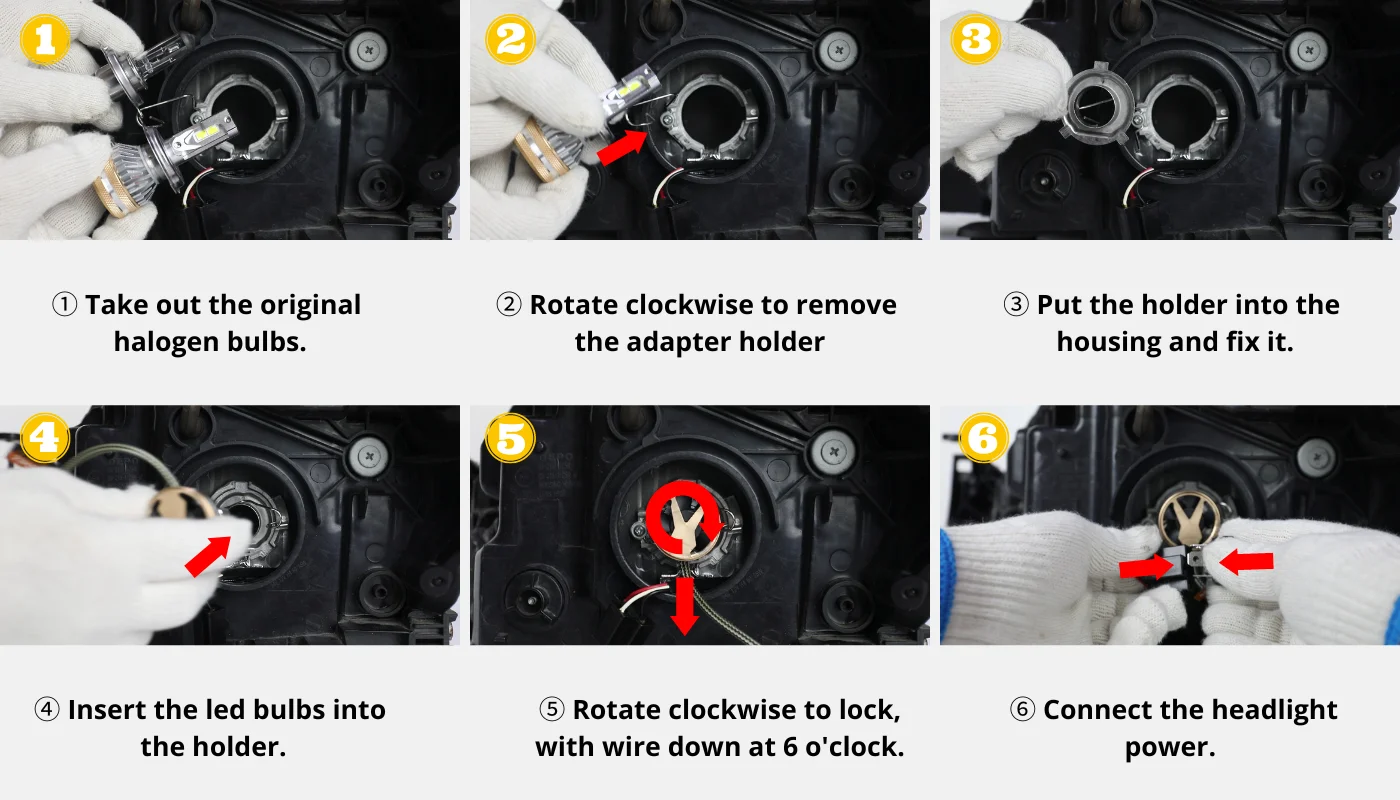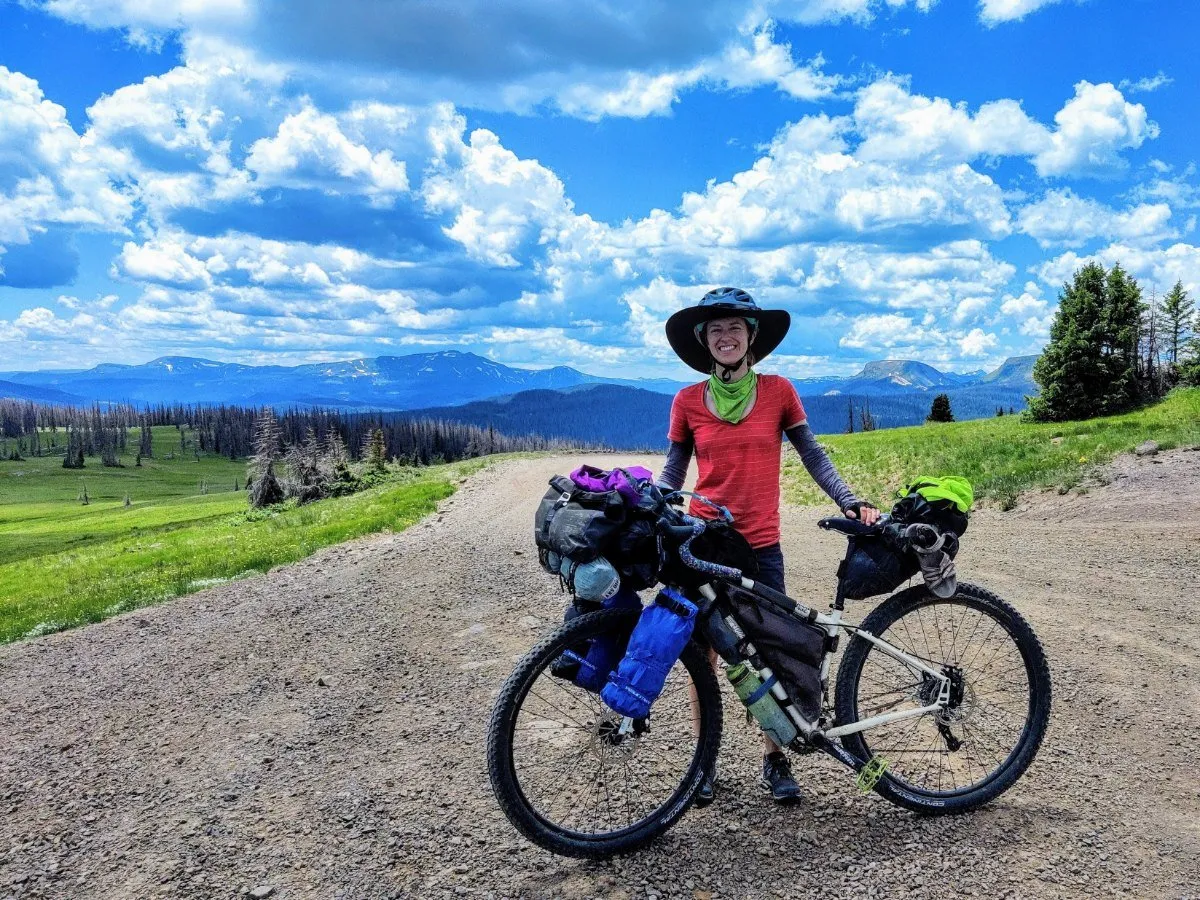Bikepacking Gear Routes and Preparation Tips
Bikepacking is an exciting blend of cycling and backpacking that allows adventurous cyclists to traverse remote terrain while carrying all their belongings on their bikes. Planning ahead will ensure an enjoyable bikepacking adventure.
Before setting out on any journey, first determine your goal. Are you seeking a challenge or exploration of new places? Your choice will dictate your itinerary.
Gear Routes
Planning is of the utmost importance when embarking on a bikepacking adventure, and will enable you to determine what gear and supplies will be necessary for your trip.
As with anything new, bikepacking requires finding routes. You can search online or in books for routes; talking to other bikepackers and locals for advice about which are the best routes for your skill level and desired scenery is also helpful. When starting out bikepacking for the first time it may be helpful to begin with one-day rides so that you can acclimate yourself to all of the equipment while planning the route without having to deal with camping or cooking logistics.
Riding with friends can also be helpful, providing an extra safety net in case of mechanical or weather-related issues that could derail your plans. Plus, sharing experiences and learning from more experienced riders makes for a richer ride!
Camping Routes
Bikepacking is an exciting combination of long-distance cycling and exploration; self-sufficiency; and self-reliance. Proper preparation must take place, from selecting suitable gear to planning an itinerary and learning how to pack everything efficiently.
Bikepackers often choose to create their own routes using a mix of resources – guidebooks, websites and word-of-mouth recommendations among them – but some prefer following established and mapped routes instead.
No matter your camping style or preferences, it’s essential to plan a route carefully by considering campsite locations and availability as well as terrain – for instance navigating mountainous areas during winter may not be enjoyable or safe unless you like midges and snow!
Your route must also take into account whether there are places along it where food and water can be purchased – essential components of survival for those on foot. If they don’t, plan for carrying lightweight freeze-dried meals as well as a water filter system for streams or rivers to filter the water that flows by.
Water Routes
Bikepacking combines bike touring and ultralight backpacking into one unforgettable adventure that anyone can do, from day rides with camping gear tied securely to their bike to multi-day expedition escapes. However, even for casual cyclists effective planning can help ensure an incredible adventure.
At any destination, water sourcing and packing should be of primary concern when riding. You can avoid carrying around an awkward bottle by planning your route around places where refills will be possible; longer journeys may necessitate investing in an effective water filter system or sterilization solution.
Daddio recommends starting off by taking one day trip in order to familiarize yourself with both equipment and planning aspects of bikepacking journey. Also consider joining an established group of bikepackers as a starting point.
Food Routes
Bikepacking’s main appeal lies in the challenge of venturing further out into nature than is typically accessible by city dwellers – be it epics like the Great Divide Mountain Bike Route or more modest outings along singletrack and dirt roads – to explore new terrain and encounter natural settings.
Finding an appropriate route is of utmost importance for bikepackers. When considering distance and terrain of their travels, as well as potential backup routes or bailout points in case weather or trail conditions force deviation from their original plans.
Food should also be taken into consideration carefully; you don’t want to find yourself hungry after long days on the saddle! For rides with plenty of climbing, make sure you bring along plenty of energy-dense foods that can easily fit into your pack and preparation process, along with plenty of hydrating options – there’s nothing quite as refreshing than jumping into a lake or river after an exhausting ride!












